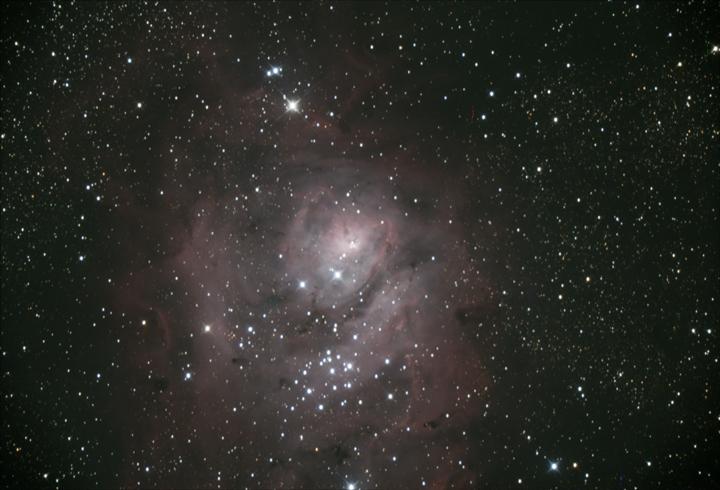By: Crestone Dark Sky Community, July 2023
The 2023 Crestone International Dark Sky Celebration will be themed around the Perseid Meteor Showers. The Perseid shower is considered the best meteor event of the year for two reasons: it occurs at a time with more favorable weather (clear skies and warm nights), and it produces roughly 100 meteors an hour at its peak. In 2023 the Perseid Meteor Shower will peak on August 12 and 13.
The celebration will open with Taiko Drumming followed by acoustic background music performed by Steve Storm. The compelling astronomical presentation by Crestone’s local astronomer Scott Stevens will include information about the Perseid Meteor Shower, our local dark sky from the moon, light from Alamosa, your neighbor’s porch lights and seasonal sky glow. Two telescopes will also be set up for individual viewing of the meteor showers.
The 2023 Limited Edition cloisonné lapel pins, designed by local artist Stephen Hume, will be available for purchase as well as informative material about preserving and protecting our precious dark sky provided by the International Dark Sky Association. For further updates, follow us on Facebook: Crestone Dark Sky Community and our website.

